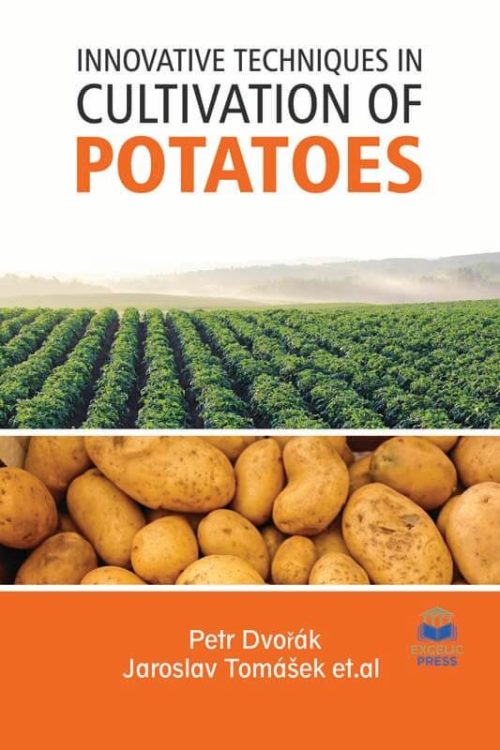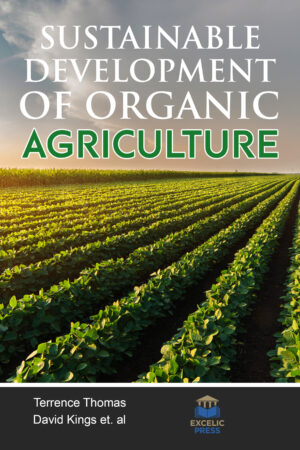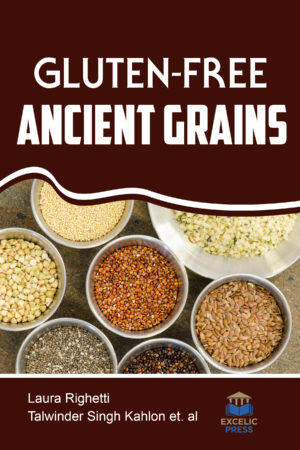Description
Potato is the world’s most important vegetable crop, with nearly 400 million tons produced worldwide every year, leading to stability in food supply and socioeconomic impact. The nutrient-rich potato can contribute to improved diets, thus reducing mortality rates caused by malnutrition. It can improve food security and health, especially among women and children. To improve the livelihoods and food security of poor farmers, it is very essential to increases potato yields.
This book contains state of the art information stressing the issues in areas like breeding and agronomy, managing and controlling the range of diseases affecting potato as well as post-harvest treatment methods. Cultivating potatoes organically is very demanding for producers. Producers must deal with the absence of chemicals used on crop protection, the absence of synthetic fertilizers, the obtainment of acceptable yield and good quality of tubers, and the necessity of applying all the procedures to create suitable conditions for growth and development of crops, like any other crop cultivated organically. This book starts with an introductory chapter on cultivating potatoes organically. Further, the book highlights the breeding potato for quality improvement and improving land-use efficiency and grower revenue by reducing potato row width. Further, it focuses on potato diseases and their treatment and control techniques. Organic farming practices are commonly thought to reduce the environmental impact of agriculture and to preserve the naturalness of the products. Herein, we report the effect of crop management practices on the nutritional and toxicological value of potato tubers. In general, potato is an intensively managed crop, requiring irrigation, fertilization, and frequent pesticide applications in order to obtain the highest yields possible. In this book, we will discuss current and past efforts to develop biotech potato varieties, traits that could be impacted, and the potential effects that biotech potato could have on the industry. This book will appeal to students and practitioners working in the associated field and, moreover, may provide new concepts and starting topics for future researches.





